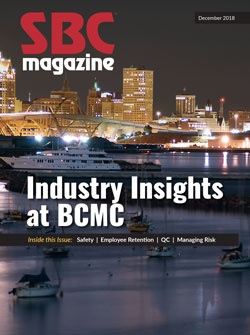Does It Matter Where Your Designer Sits?
Does It Matter Where Your Designer Sits?
If you’ve been on the fence about hiring remote truss designers because you’re not ready to spend $30,000 on a new server, hire two additional IT people and lock down your entire network, take a deep breath, and keep reading. It doesn’t need to be that extreme.
You need good designers, and no matter where you are, they’re probably hard to find. The ability to hire remote employees means you can expand your search for designers well beyond your local community.
There are several ways you can experiment with the remote designer concept and not break the bank or burden your IT folks. Yes, there are potential security risks if you decide to go with a lower-budget local setup, but it’s more likely that the benefits of having a productive, happy remote designer will far outweigh the potential drawbacks. You can always choose to incrementally upgrade your system if you bring additional remote employees onto the team.
If you’re just starting out, keep it simple with this basic checklist:
- Computer (Protip: You can get more power for less money with a desktop setup over a laptop.)
- Software
- Design/vendor software
- Email client (Office 365, Gmail)
- Cloud storage for transferring files (Dropbox™, Google Drive, OneDrive, Box)
- Printer (scan, copy, fax, large format)
- Internet reimbursement
- Cell phone (or give them a monthly stipend to use their own cell phone). Kevin Witt, IT manager for True House, supplies a Voice over IP (VOIP) phone to his remote designers. “It’s programmed so that they are just an extension on our main phone system,” Kevin explains. “That way, when customers call the designer, it feels very seamless for everyone because it’s just like calling any extension in our office.”
See digital edition for graphics.

